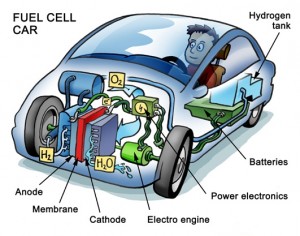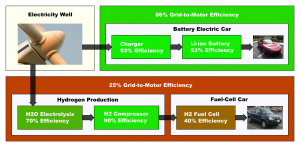Academic Procrastination also known as Student Syndrome is when students put off things to a later date for other pleasurable activities thus, increasing their time pressure and stress levels.
According to Professor Clarry Lay, procrastination occurs when there is a temporal gap between intended and enacted behaviour.
Many of us take time for granted. When our professor announces that we have few weeks to complete an assignment, we all procrastinate and leave it for last minute. The night before, we cram and stress ourselves out and by doing this, even if we get the assignment done on time, the results are poor. While many take this as a learning lesson and improve their time-management skills, there are still students who tend to repeat this activity and make it a part of their life. They continuously leave work to last minute and stress themselves out. They lack time management skills and have trouble setting priorities in life.
According to research, fear of failure leads to procrastination. Many students don’t start their assignments on time because they underestimate themselves and lack confidence. They think that they won’t be able to do well on their assignment so, they keep pushing it off to a later day, which indeed is not the right approach to take. They should have faith in themselves and perform tasks to the best of their ability. Procrastination only gives us short-term success and for long- term achievements in life we have to learn to use our time wisely and set our priorities and goals accordingly.
What most university students struggle with is, completing their tasks on time? They are not able to decide whether attending a party or finishing a term paper is more important. The video below shows what students do to procrastinate. They tend to follow the crowd without realizing what the consequences will be. Studies show that this behaviour of theirs, leads to stress, anxiety, cramming, all-nighter and intake of large amounts of caffeine and other energy drinks. All these activities pose a threat to their health thus, leading to poor grades and low self-esteem.
As a result, to avoid procrastination as mentioned in the video below, students should set small goals and priorities in life. They should adopt smart study skills and eliminate the word ‘perfection’ from their dictionary.
So, for better performance students should have their day planned out and have short reminders set up for upcoming assignments. Breaking tasks into smaller ones also reduces stress and allows on time completion of tasks. If motivation is what they lack than by inserting small rewards after completion of small tasks can increase concentration and make work more entertaining. Therefore, managing time wisely grants students the privilege of grasping more opportunities in life.
– Harrimal Cheema
























